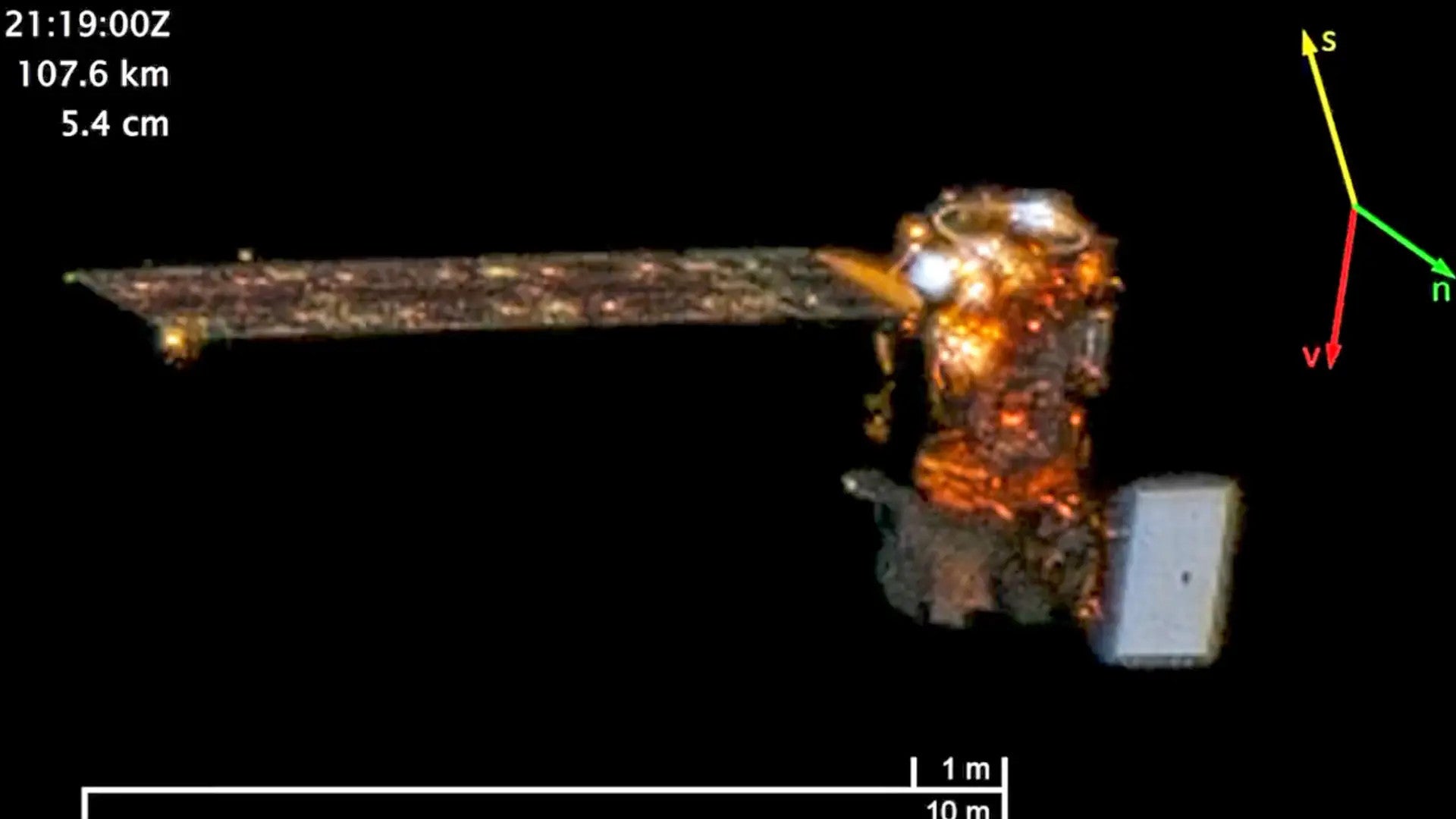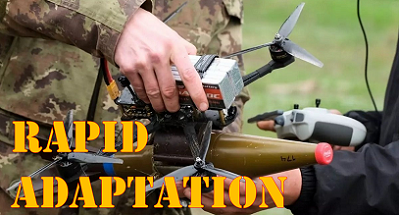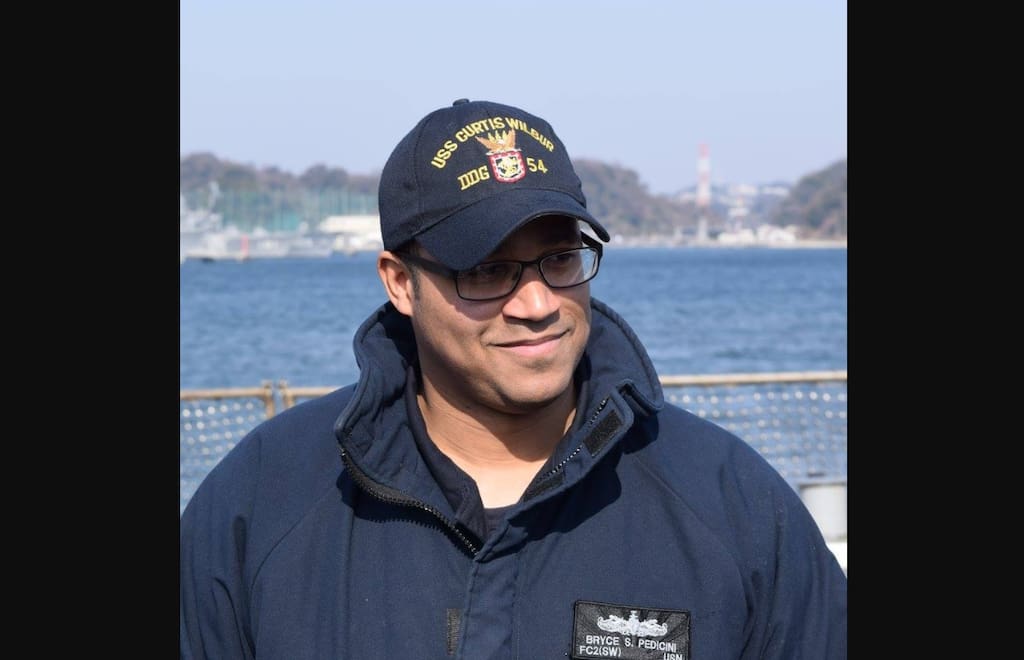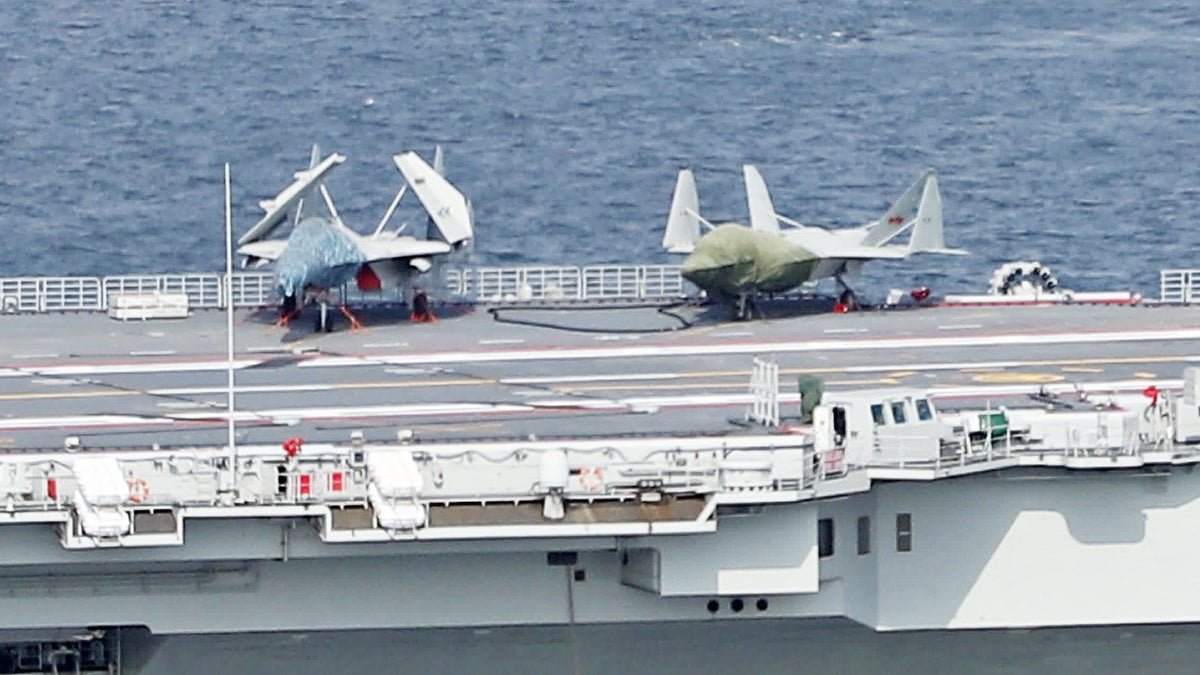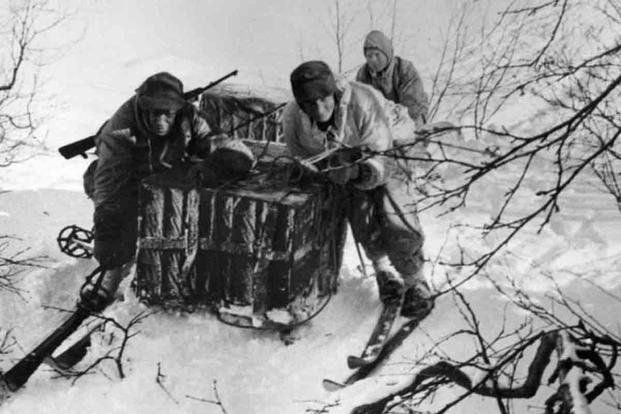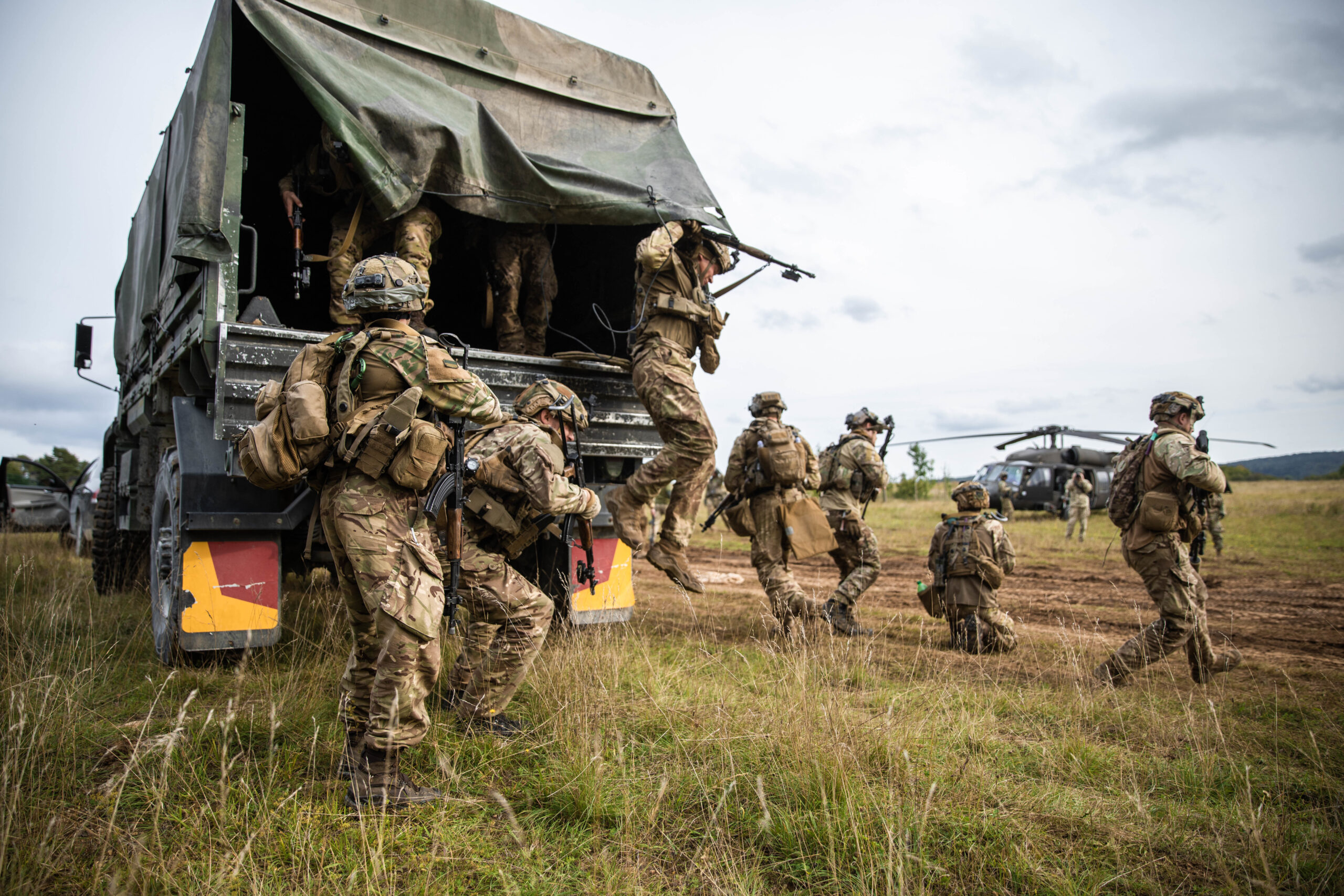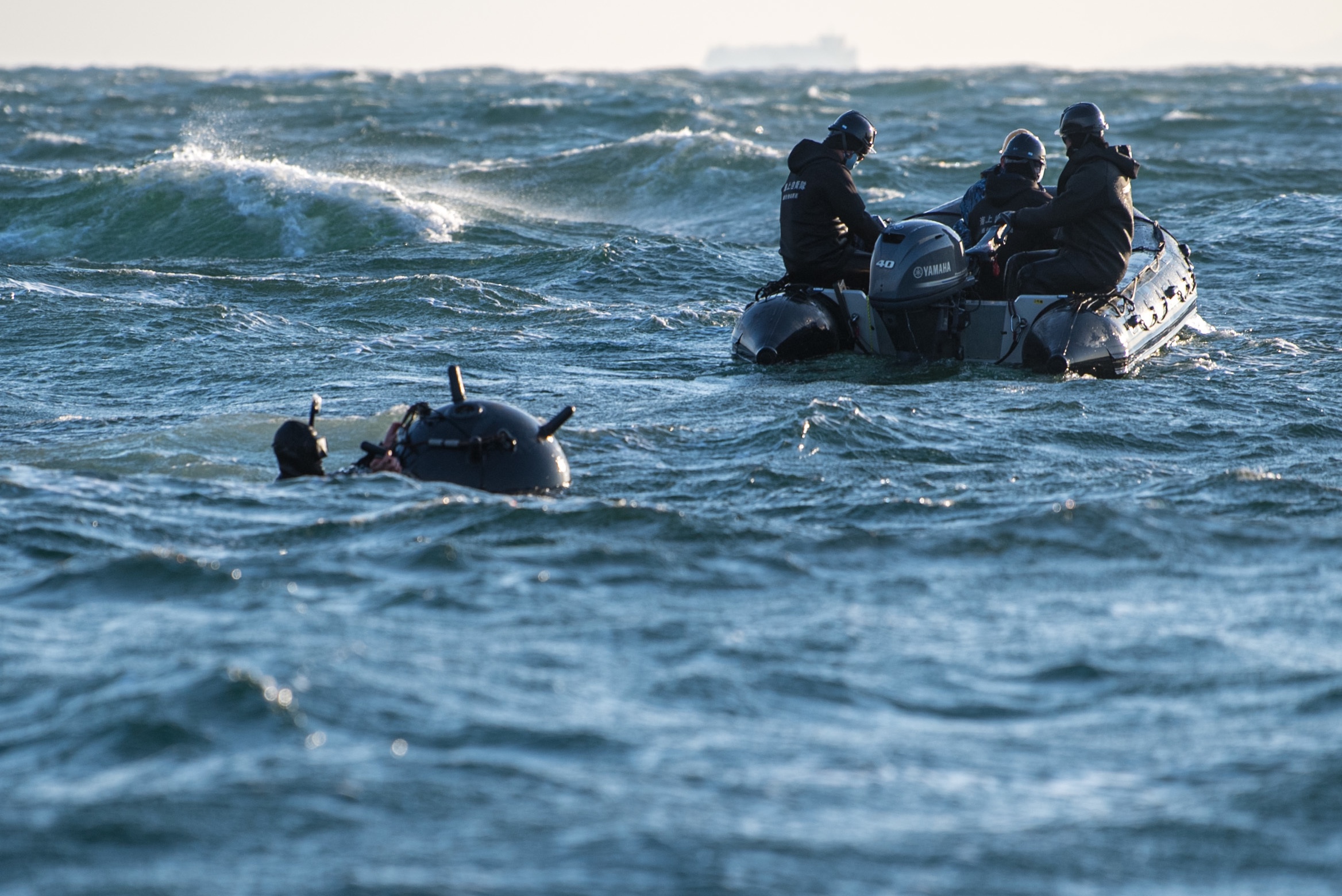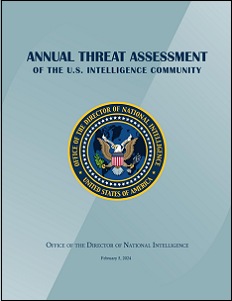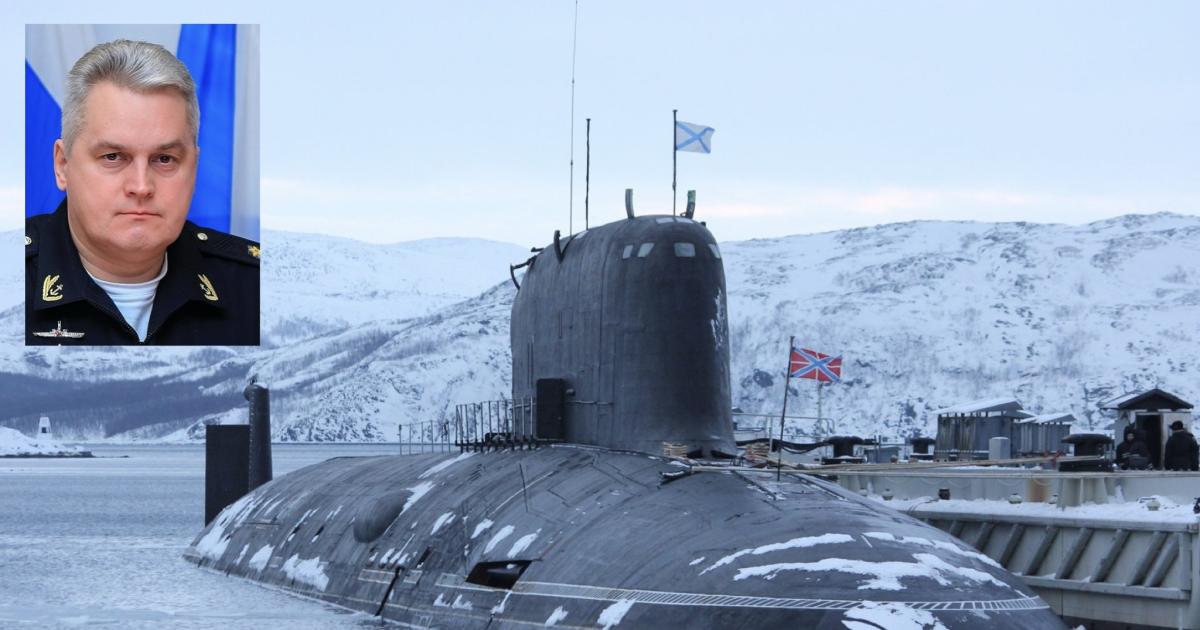- Messages
- 34,821
- Reaction score
- 5,916
- Points
- 288
^^^^^^
Here's an interesting article (with pics) for those who like to read.
On that night, December 29, 2015, their job was to carry out an assassination.
Their armed attack, described to BuzzFeed News by two of its participants and corroborated by drone surveillance footage, was the first operation in a startling for-profit venture. For months in war-torn Yemen, some of America’s most highly trained soldiers worked on a mercenary mission of murky legality to kill prominent clerics and Islamist political figures.
More:
Here's an interesting article (with pics) for those who like to read.
A Middle East Monarchy Hired American Ex-Soldiers To Kill Its Political Enemies. This Could Be The Future Of War.
Cradling an AK-47 and sucking a lollipop, the former American Green Beret bumped along in the back of an armored SUV as it wound through the darkened streets of Aden. Two other commandos on the mission were former Navy SEALs. As elite US special operations fighters, they had years of specialized training by the US military to protect America. But now they were working for a different master: a private US company that had been hired by the United Arab Emirates, a tiny desert monarchy on the Persian Gulf.On that night, December 29, 2015, their job was to carry out an assassination.
Their armed attack, described to BuzzFeed News by two of its participants and corroborated by drone surveillance footage, was the first operation in a startling for-profit venture. For months in war-torn Yemen, some of America’s most highly trained soldiers worked on a mercenary mission of murky legality to kill prominent clerics and Islamist political figures.
More:

